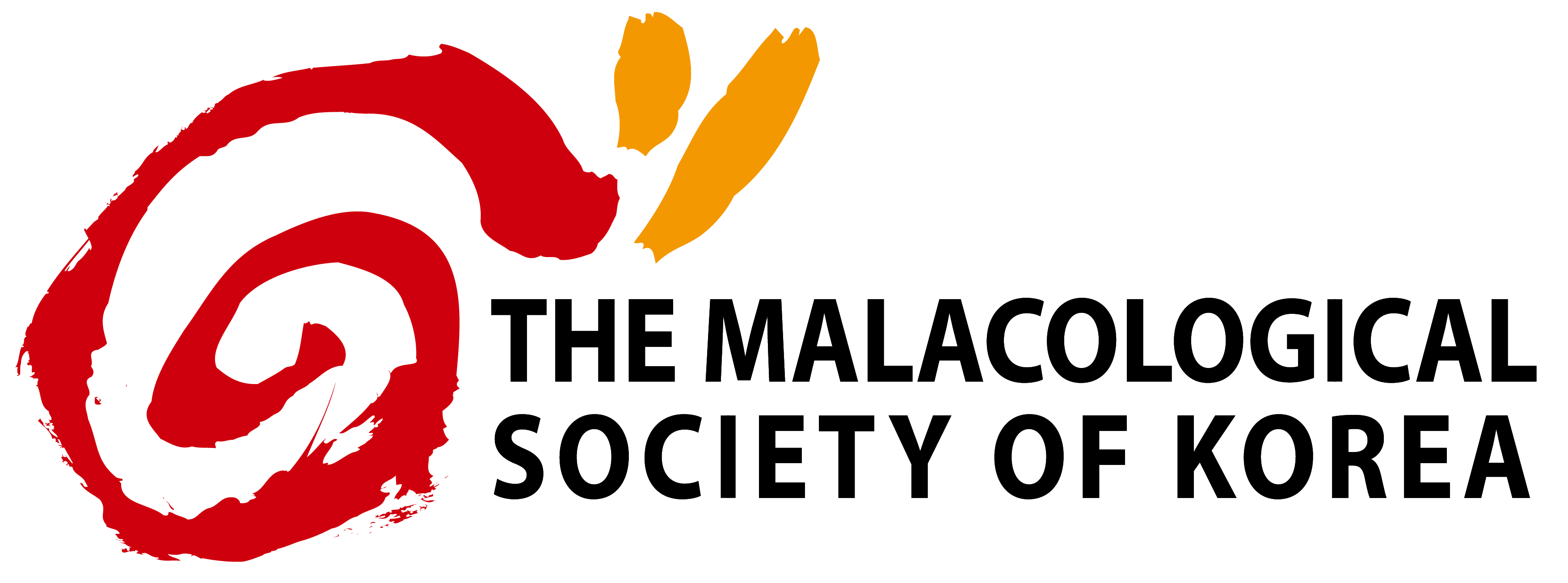open access
메뉴
open access
메뉴 ISSN : 1225-3480
ISSN : 1225-3480
We investigated the reproductive cycle with ovarian development of Chlamys farreri by histological observations, and seasonal changes in biochemical components of the adductor muscle, digestive diverticula and ovary were studied by biochemical analysis. The reproductive cycle of this species can be classified into five successive stages: early active stage (January to March), late active stage (March to April), ripe stage (April to August), partially spawned stage (June to August) and spent/inactive stage (August to January). According to ANOVA test, there were significant differences (p < 0.05) in total protein, total lipid and glycogen contents among months for all of the adductor muscle, digestive diverticula and ovary. Total protein contents in ovary and digestive diverticula showed significant changes (ANOVA, p < 0.05) during the study period, while that in the adductor muscle did not. Total protein content was highest in the adductor muscle, followed by ovary, and lowest in digestive diverticula. There was no correlation in total protein content between the adductor muscle and digestive diverticula (p = 0.220). But strong positive correlation was found between adductor muscle and ovary (r = 0.450, p = 0.013). ANOVA showed that there were significant differences in total lipid and glycogen contents among months for all of the adductor muscle, ovary, and digestive diverticula (p < 0.05). The monthly changes in total lipid content were highly variable in ovary and digestive gland. High contents of total lipid were found during April and May-June in ovary, while March and June-July in digestive diverticula. There was a strong negative correlation in total lipid content between ovary and digestive diverticula (r = -0.397, p = 0.030). Unlike total protein or total lipid, glycogen content in the adductor muscle was most dynamic. It showed more than 36-fold changes in the adductor muscle (at most 3-fold change in ovary) during the study period. Glycogen content was higher during May-July in the adductor muscle, while it was higher in March and August in digestive diverticula. There was a strong negative correlation in glycogen content between the adductor muscle and digestive diverticula (r = -0.584, p = 0.001).
